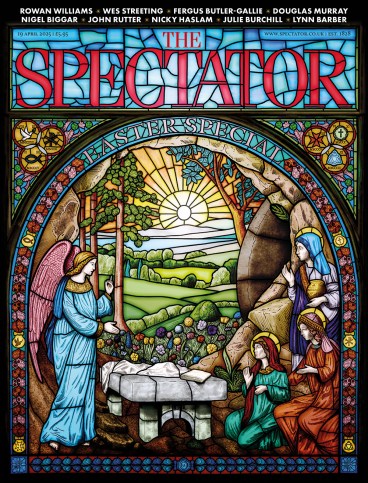
The long neglected art of Byzantium and early Christianity is returning to the world’s museums. Last November, the Louvre confirmed plans for a 3,000 square metre department dedicated to the Byzantine legacy and more than 20,000 works from Ethiopia to Russia that are currently scattered across the museum’s cabinets. Having been initially shelved a decade ago, this monumental undertaking is scheduled to open in 2027, signifying a pivotal moment for the Christian arts of the Eastern Roman Empire to become a serious curatorial subject in European museums once again. (A precursor to the new department established in 1954 lasted but 15 years.)
Byzantine art has been the subject of serious study in universities only since the 1940s. But there’s been a recent resurgence in interest: from the Met’s seminal Africa & Byzantium that showcased more than 200 works last year to the show at the Church of Sant’Agnese in Agone, Rome, of icons from the Vatican Museum’s Byzantine collection that has just concluded. Late last year it was also announced that Treasures of Byzantium: the birth of New Rome will be one of the British Museum’s international touring exhibition in 2028.
Within these collections and exhibitions are the icons of Eastern Orthodoxy – those haunting faces of Christ, the Virgin and saints, anonymously executed in the monasteries of the ancient Christian East – and precious refractions of a vast inheritance that we will never comprehensively know. In the academy, these images have long been treated as the primitive products of superstitious, religious folklore. ‘The Greek [icon] painter is the slave of the theologian… bound by tradition as the animal is to instinct,’ wrote the 19th-century French art historian Adolphe Didron.
They are an eccentric entry to the narrative proposed by the Enlightenment science of art history. How does one make sense of these products, which rely not on painterly experimentation but on methods of prayer, on a contemplative, introspective mode of vision and an inversion of the optical wizardry ushered in by the Italian Renaissance? Only in the 20th century did the startlingly flat language of colour and abstraction – finally revealed beneath layers of blackened varnish – suddenly start to make sense to artists. Matisse was smitten when he saw them on his trip to Moscow in 1911. ‘You should have seen his delight at the icons,’ reported his Russian handler. Meanwhile, Malevich and the Russian constructivists leapt on these formalist forerunners.
Beyond those in Greece and the Slavic East, one can find exceptional and extensive collections at the Petit Palais in Paris, Ikonen-Museum Recklinghausen, the Jaharis Galleries at the Met and the renowned Menil Foundation in Houston, Texas. The Menil icons were, however, initially destined for the British Museum.
The first British exhibition of ancient Russian icons – dating from the 12th to the 19th centuries and lent by the government of the USSR – occured at the V&A in 1929. It was then another 63 years before the same icons appeared again under the name, Gates of Mystery: The Art of Holy Russia, only a year after the fall of the Soviet Union. London’s galleries catered accordingly to the renewed interest with a flurry of exhibitions at the Royal Academy (1998 and 2009) and at the Courtauld Gallery (2001). But early, far-sighted British collectors bought out of passion rather than commercial opportunism: Sir Frank Roberts, Guy Dixon and Dyne Steele all bequeathed extensive collections to the British Museum and by the 1990s, the National Collection of Icons, worthy of the name by which it came to be known, was solidified.
Then in 1985 the Museum was offered the collection of the late Eric Bradley – 60 icons spanning 1,200 years that would have turned a national collection into one of world renown. Bradley had excavated an extensive subterranean ‘crypt’ under his Hampstead townhouse to host the collection formed over several decades. But after the British Museum declined, it was sold to the widowed Dominique de Menil who was then anticipating the completion of her namesake museum in Texas two years later, where it is now held. At the time it was considered a travesty and treated accordingly by the British press. A trustees report of that year confirmed the failure as ‘a matter of regret’. Deprived of the world’s finest private collection outside the Orthodox world, the great bequests already held by the museum sunk into obscurity.
The icons would have turned a national collection into one of world renown
One man has campaigned for decades for the icons the British Museum does own to be put on public display: Sir Richard Temple, a renowned specialist and dealer in Orthodox icons for more than 65 years. (Eager punters searching in vain for the faces of the Orthodox East in London’s major galleries must head to his gallery in Holland Park.) For years, however, there appeared to be no enthusiasm from the British Museum to bring these items out of storage. But in 2002, fate took a turn.
While on a private spiritual retreat at Vatopedi Monastery on Mount Athos, Temple had a fortuitous encounter with the then Prince of Wales whose patrilineal affection for Greek Orthodoxy and the Holy Mountain is well known. ‘Write to me,’ came the response. On return to London, a private correspondence between Temple and Clarence House ensued through which an informal campaign group with the Prince’s endorsement was assembled: Rowan Williams, then Archbishop of Canterbury, Sister Wendy Beckett, the Bishop of London, Bishop Kallistos Ware, former luminaries of the Art Fund, Royal Academy and so on.
A petition was put to the British Museum (then under the directorship of Neil MacGregor) with, as was later controversially revealed, the Prince’s written endorsement. Silence. Alternative venues for the collection were mooted, conditionally under the Government Indemnity Scheme – the crypt of St George’s Holborn, the Galleries and Cellarium at Westminster Abbey, the Library at Lambeth Palace – to little response. But around that time, Temple mentioned the problem over lunch to a longstanding Russian client: finance for a purpose-built venue to house the collection permanently was offered without question, to which the British Museum responded by memorandum that ‘it was not a priority’. After a fit of hyperactivity, the campaign petered out.
A succession of directors followed, and a concerted effort made in the summer of 2023 was thwarted by Hartwig Fischer’s resignation after an approximated 2,000 artefacts were found to be missing. An admirable online catalogue of the museum’s icons – numbered at ‘around 150’ – appeared earlier that year, but still with only a handful of the artworks themselves stuffed in poorly lit corners of the overcrowded medieval section. It is an embarrassment when compared with the dedicated spaces of museums with which the British Museum claims comparison.
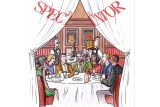
Event
Spectator Writers’ Dinner with Richard Bratby
There are only 13 icons currently on view – five magnificent Cretan icons reappeared without fanfare in November. According to the museum’s own records, the great treasures from the National Collection languish in what was once aptly described by Sister Wendy as ‘a stopped-up fountain’. These include several Novgorod and Old Believer icons of exceptional quality and size, icons from 13th- to early 15th-century Constantinople, Athonite triptych panels and later Balkan icons produced by Orthodox Christians under Ottoman rule.
The last exhibition of icons held by the British Museum was in 1994 – the Prince of Wales was its patron – and it is anticipated that its 2028 one will receive a comparable endorsement. But a strong case could be made to the secretary of state for the collection to be loaned to a permanent space outside the museum: it has never been seen as a whole by the public, nor has it retained its proper nominal status as the ‘National Collection of Icons’.
For the sake of its late donors and the extraordinary images, languishing and inaccessible in a storage facility, one hopes the renewed public demand is compelling enough for the museum to think again.

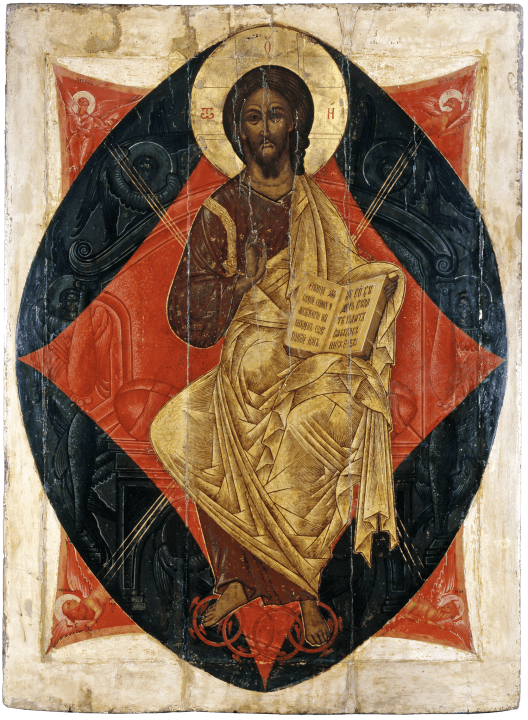
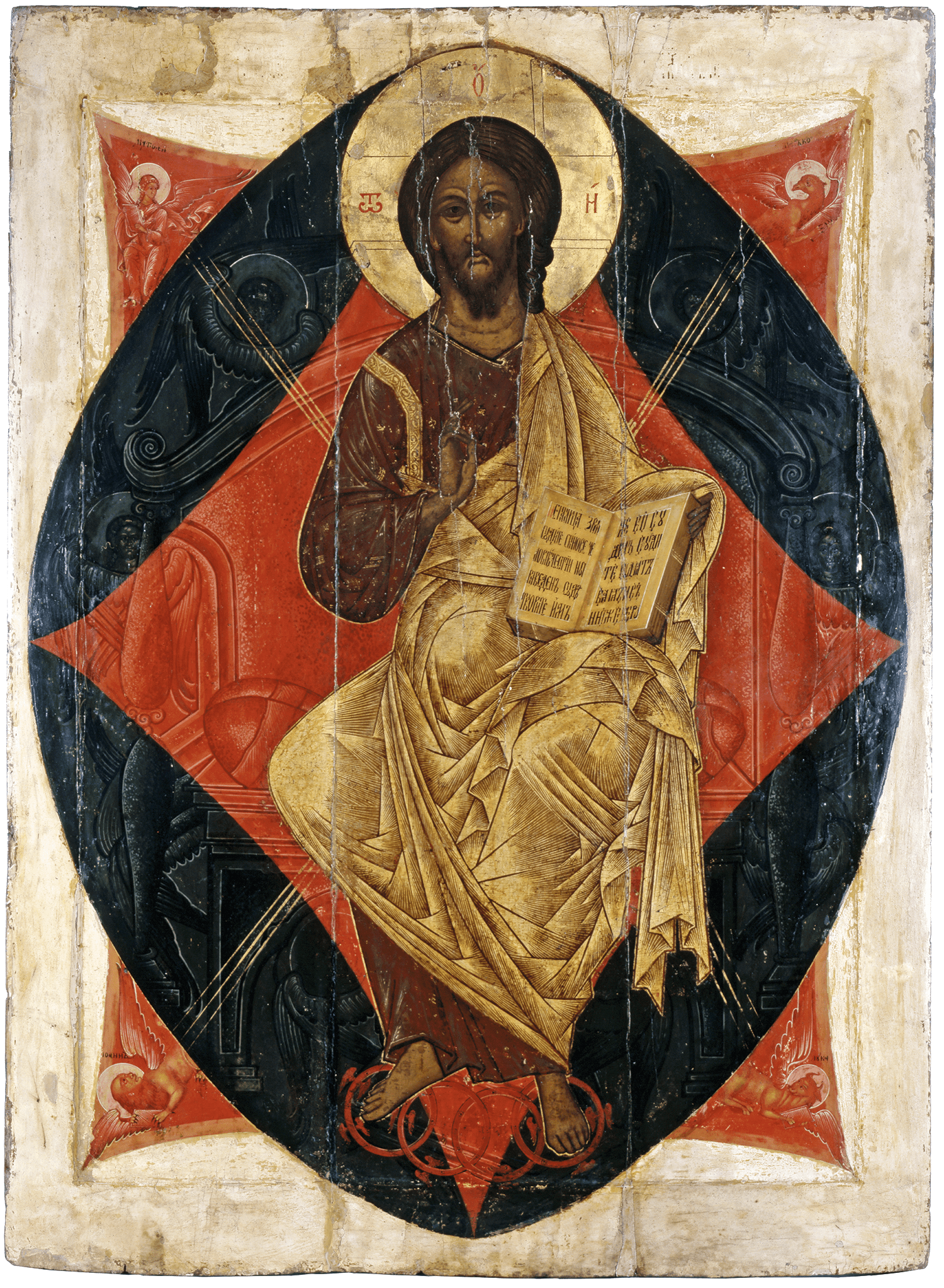
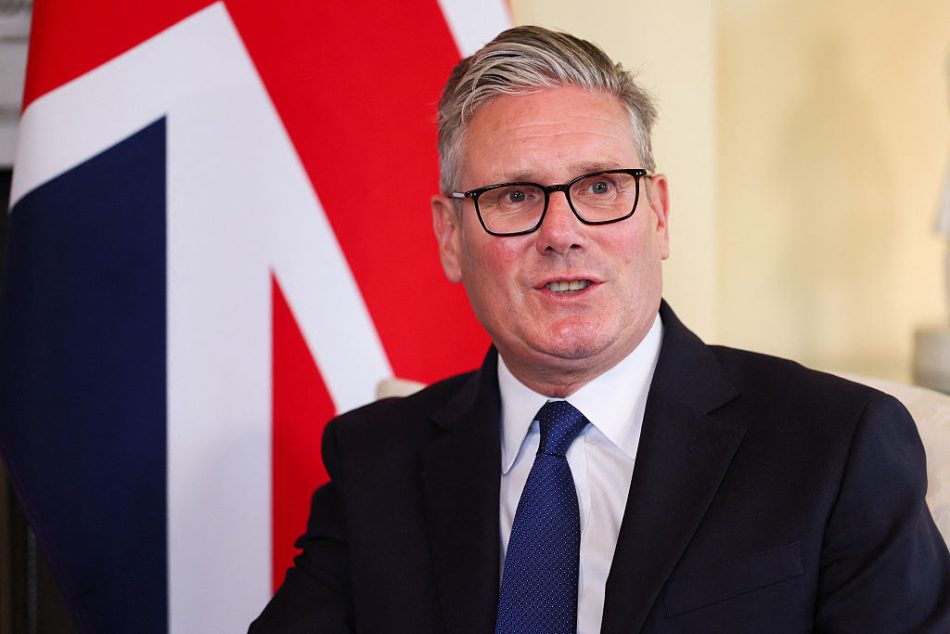



Comments